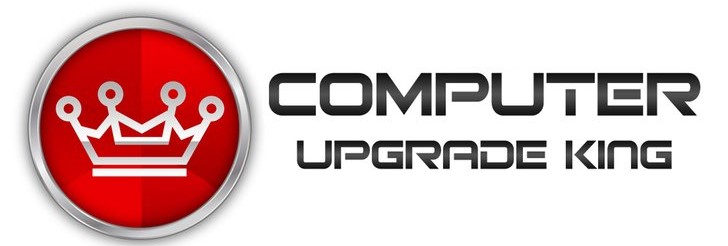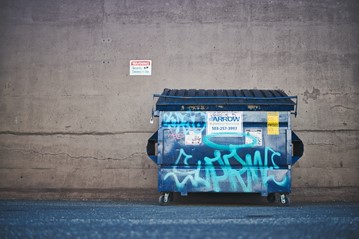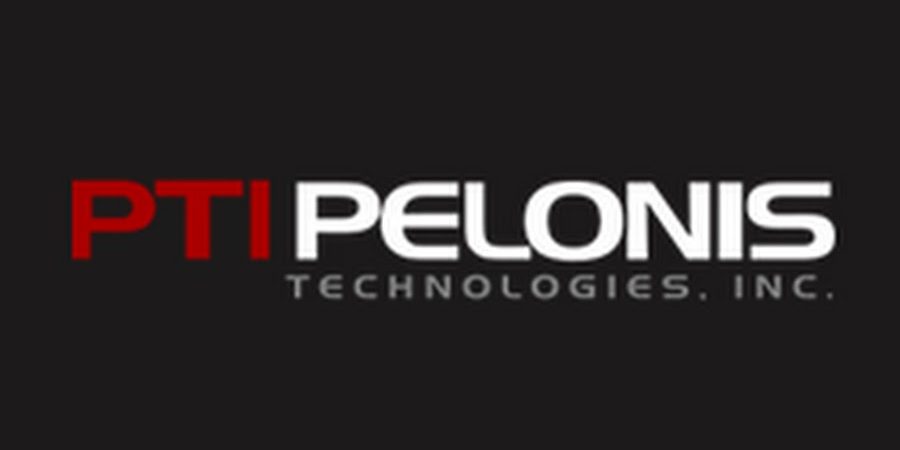
Check out Christian Aid Mission
Christian Aid Mission is a non-profit organization that is dedicated to assisting indigenous ministries based in areas of poverty or persecution. Check out its website today to learn more about the great work they do.


Christian Aid Mission is a non-profit organization that is dedicated to assisting indigenous ministries based in areas of poverty or persecution. Check out its website today to learn more about the great work they do.

Founded in 1996, Brilex Industries is full-service manufacturing company that offers competitive pricing, on-time delivery, and high-quality products. It is the preferred shop for many OEM’s and end users in industries such as defense, oil and gas, and power distribution.

If you’re looking for a full-service manufacturing company, look no further than Brilex Industries. From fabrication and machining to assembly and rebuilding, its amazing team has you covered! Contact them today to learn more.

Computer Upgrade King is a leading reseller, system builder, and integrator of performance enhanced computers. It offers a wide selection of aesthetic yet functional computers from major brands like MSI, ASUS, Lenovo, HP and many more.

Trinity Furniture is a furniture manufacturing company located in Trinity, North Carolina that designs and manufactures environmentally sustainable pieces for home and office. It offers chairs, tables, sofas, benches and more.

If you or a loved one is in need of hearing aids, check out Beltone Carolinas Virginia! With award winning technology and an amazing staff, you’ll be sure to find the personalized hearing solutions you’re looking for.

If you’re looking for the most innovative technology in hearing aids, check out Beltone New England. With various personalized solutions to choose from and convenient financing options, you will find exactly what you need to hear better, within your set budget.
In this clip, Schooley Mitchell’s Kevin O’Shaughnessy describes how Schooley Mitchell’s services can benefit your company by improving your bottomline.

Depending on what industry you work in, your waste removal expenses are potentially a significant burden on your bottom line. Sure, you can reduce waste — but compromising the quality of this service isn’t really an option. Finding savings is possible, but first you must understand what goes into the cost.
A five-part blog series by Schooley Mitchell Blog.
In the first of Schooley Mitchell’s five-part series on waste expenses across industries, we explore why waste removal can be such a hefty business expense.
Waste cost categories.
It may be hard to imagine the price breakdown of waste removal, when most of the process happens away from your facility.
Your bill is most likely composed of four main cost types:
Understanding your options among these four categories can go a long way in helping you reduce your bill.
Container costs.
Containers are the aspect of waste removal that you’re probably most familiar with, and an area where you have a fair amount of control. Commercial waste containers come in an array of sizes and are typically available for purchase or rent.
Pricing is based on the cubic yard sizing of a container. On average, a 4yd3 container costs $15 a month to rent, and $350 to purchase outright. Prices increase incrementally as size increases.
Knowing what size you need might come with trial and error. Come collection time, the optimized container is the one that is filled, but not to the brim or overflowing. Excess waste is often subject to excess fees.
Renting vs. Purchasing.
Whether renting or purchasing is more effective for you is going to depend on what you need. Depending on your line of work, a permanent container might not make sense. For example, temporary construction or landscaping projects are more likely to require a rental, compared to a residential building or school.
Expert Market advises that purchasing a container is more efficient if that bin will be in use for at least 23 months.
Collection costs.
Waste collection fees are going to be the most variant depending on your location, container size, and collection frequency. This could be as little as $30 a week, or as high as $3,000. Figuring out your needs can include some trial and error and industry research. A restaurant is likely to require more frequent collection than an office building.
The kind of waste your business generates, as well as local health codes and in-person traffic throughout your premises, is going to determine your collection frequency.
Transfer costs.
Factored into your waste removal fees are the fuel and other transportation costs of moving your waste to a landfill.
Transfer can be arranged in two ways, direct or indirect:
Based on your premises’ location, your transfer method may be out of your control. Businesses located far from landfill sites must rely on transfer stations to dispose of waste, which inevitably increases costs.
Many waste management providers have discounted rates with transfer stations and commercial landfills that are worth investigating.
Landfill costs.
Every time waste is disposed of at a landfill a landfill tipping fee is charged. On average, for commercial landfills, these range from $25-150 per ton.
As with transfer costs, many commercial waste management providers have preferential rates for customers at landfills.
The hidden costs of commercial waste removal.
Even when you’ve accounted for the four main cost categories of your waste removal bill, you may notice that there are some extra, unexpected charges on your bill. Keep these potential fees in mind when budgeting:
One way to avoid many of these charges is to evaluate the container situation on your premises and see if you can optimize the location to make it easier for haulers to collect your waste.
Reduce waste expenses.
This information might seem overwhelming. Waste expenses can really add up. Fortunately, there are steps you can take to optimize your services and reduce your expenses.
Start by considering an internal or external audit of your waste removal system. Are your bins being emptied too often, or not often enough? Could you be paying transport fees for a closer station or landfill? Are your prices increasing multiple times a year? Are your containers the right size for your waste output?
Ask yourself these questions and pay close attention to your waste removal bills. You might be spending more than you need to.
Next week…
Next week, in part two of our series on waste expenses across industries, we will examine the cost of food waste on businesses, and what yours can do to find savings.
Related articles:


If you’re looking for a company that manufactures and supplies air movement technologies, look no further than Pelonis Technologies! With a diverse selection of fans, blowers, motors and heating products, Pelonis Technologies has it all!